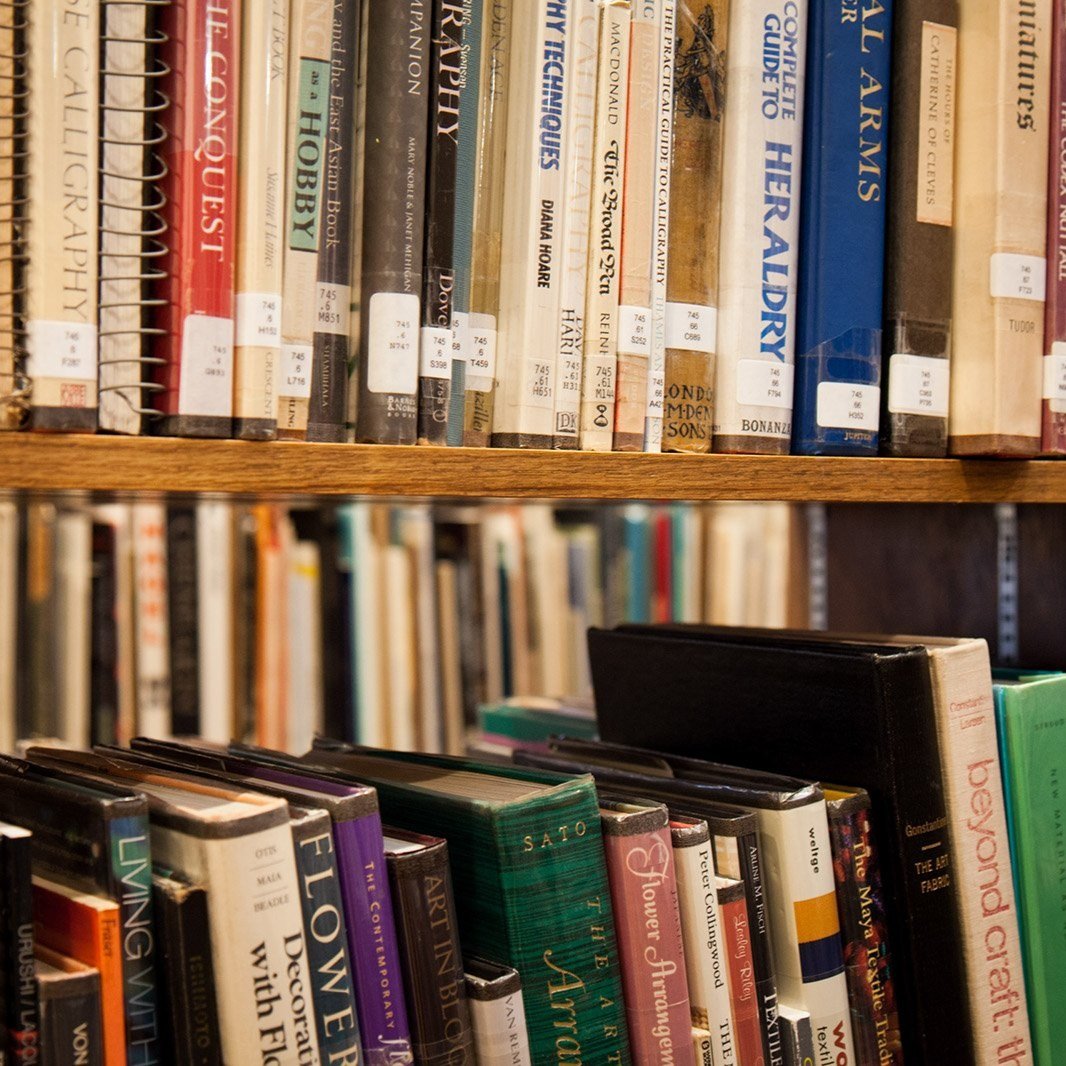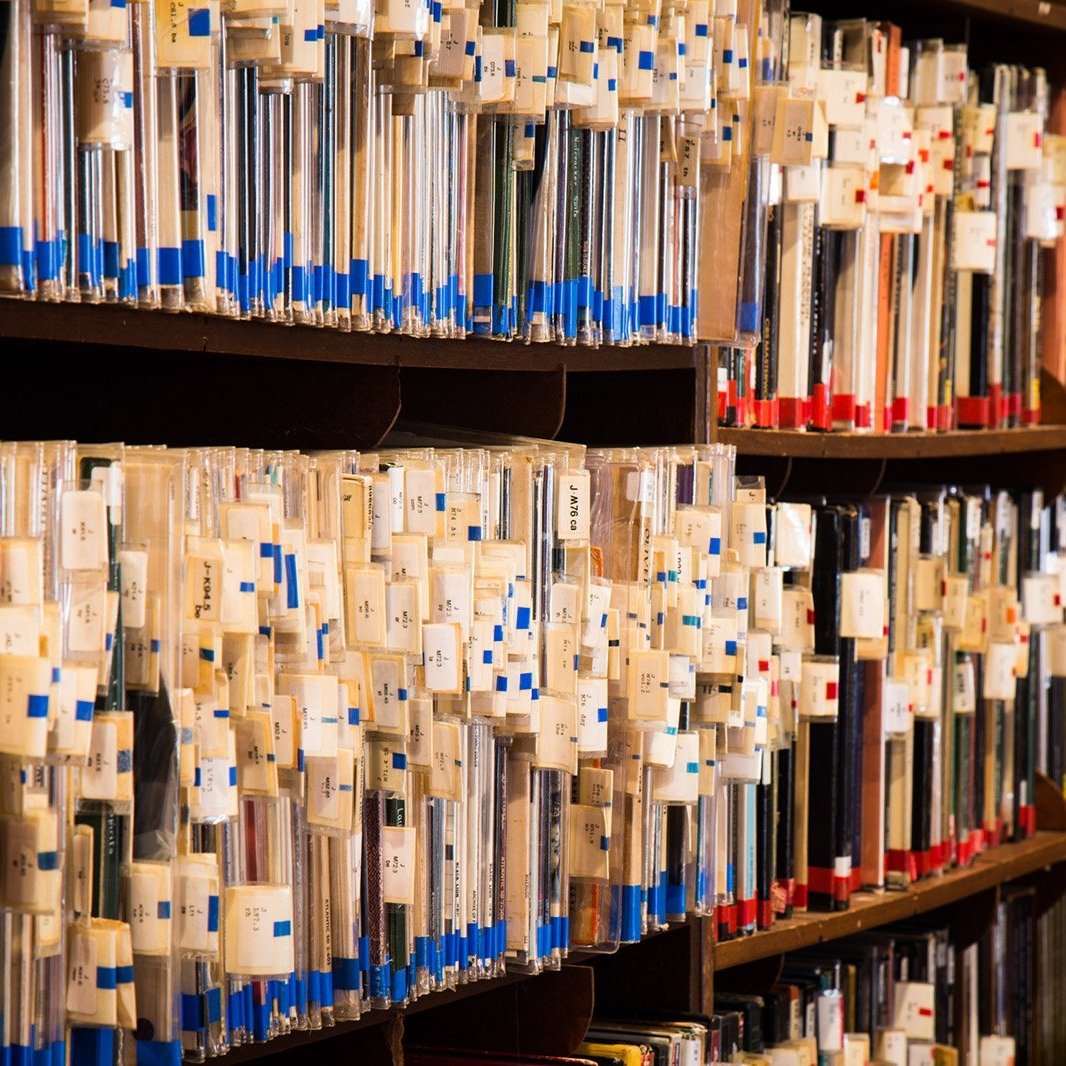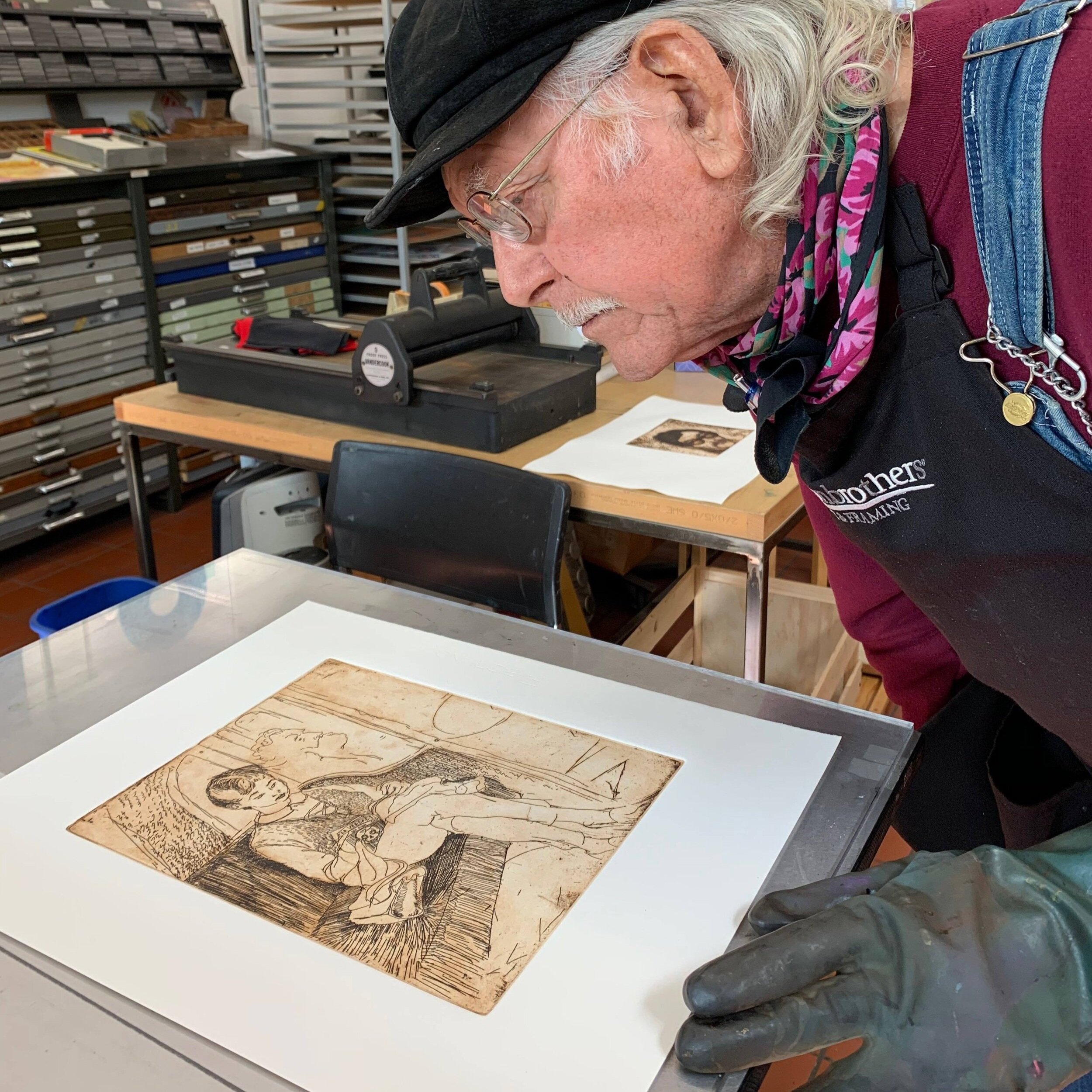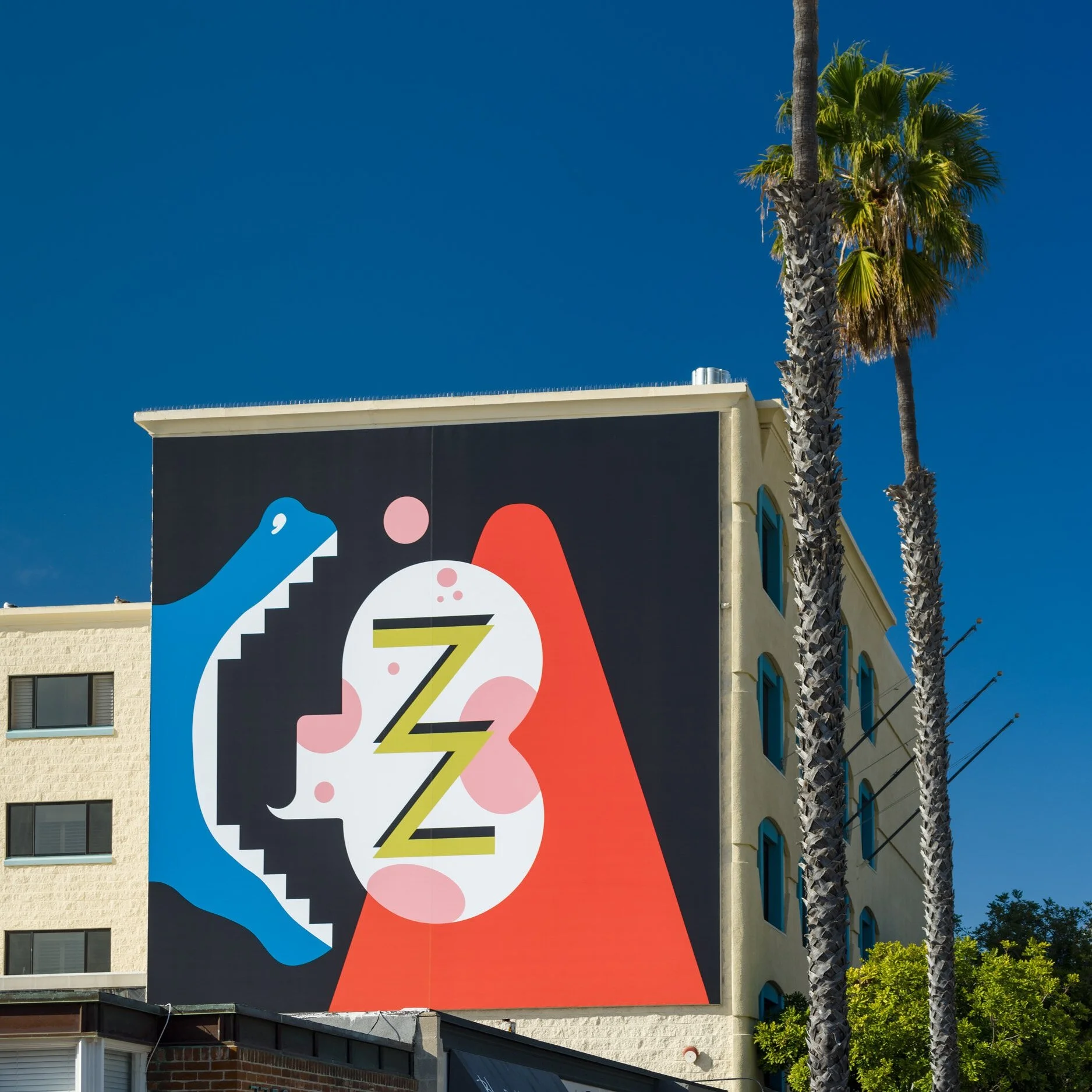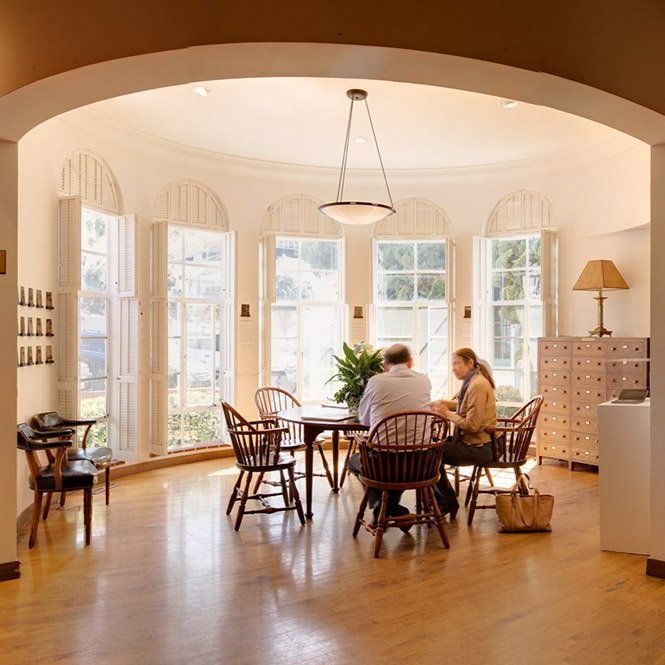It is most certainly not an overstatement to refer to 17th century Dutch art as a “Golden Age.” In the space of just three generations, tiny Holland burst forth with genius—Rembrandt, Vermeer, Frans Hals. and many other brilliant, innovative artists. What caused such a glittering galaxy of truly great painters? What unique historical imperatives account for this singular phenomenon, this artistic anomaly that has no parallel in the European experience?
The Golden Age is not only unique, it is astonishingly inventive: true landscape painting is conceived; still life paintings acquire new, expressive language; and the first genre art is created. At the same time, Dutch art abounds with contradictions and conundrums: How is it that this flat, uninspiring land gives birth to the first landscapes? How is it that this newly minted Calvinist nation suppresses religious expression yet slyly inserts religious symbols into still lifes? How is it that this sober, stoic society invents genre paintings, evidence of a people able to laugh at themselves and their foibles. How is it that in a sea of boisterous Baroque art, Holland becomes an island of quiet, self-effacing, modest paintings: Vermeer's serenity glows against the dark drama of Caravaggio in Rome, and Rembrandt's profound humanity asserts itself against Ruben’s extravagant theatricality in Antwerp?
We will explore the history and the contradictions that animate this glorious art before we immerse ourselves in two of Europe’s greatest artists, Rembrandt, who probes the deepest recesses of the soul, and Vermeer, who bestows upon us all a state of grace.
The lectures will be livestreamed via Vimeo. Ticket holders will receive a link 48 hours before the first lecture. Following each lecture, ticket holders will have 48-hour access to a recording.





